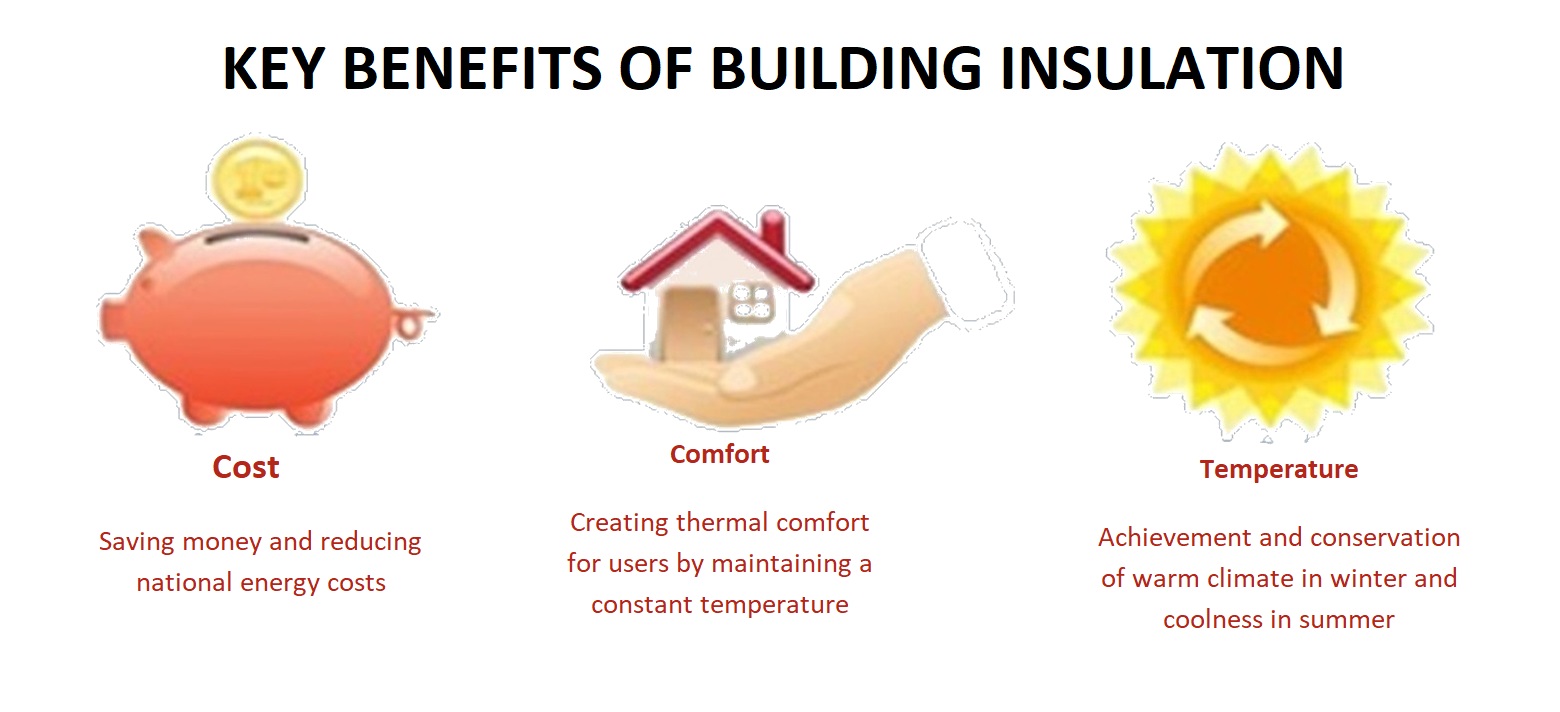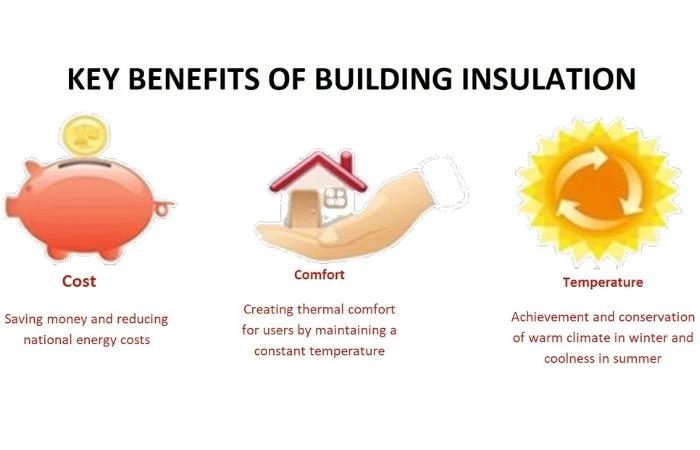In order to understand the significant savings benefit which is achieved by insulating a building (roof and walls), in houses with thermal insulation and especially in new buildings constructed according to the KENAK specifications, less than 3-5 litres of heating oil per square meter per year is required, while older and uninsulated buildings require 25 liters on average. Some buildings even need 60 liters per square metre per year.

Below we summarize some tips for a better understanding and selection of thermal insulation materials and systems.
- Great attention should be paid to the performance and quality of the thermal insulation material in order to cover the requirements of the regulation based on KENAK. Depending on the area and the altitude of the building there are corresponding limits of thermal transmittance coefficient.
- A vapour barrier must be placed under the thermal insulation layer, particularly in underlying areas of high hygrometry.
- An important parameter is the compressive strength of thermal insulation materials. The layers that follow the thermal insulation and the loads they carry or even point loads of another form, such as e.g., flower boxes must be studied and the minimum compressive strength of the thermal insulation must be calculated.
- In order to avoid gaps between the thermal insulation boards, they should be installed either in two layers with overlapping joints (in cases of great thickness), or in one layer with an arrangement that guarantees continuous coverage of their joints, using materials with a perimeter notch.
- The thermal insulation layer must be continuous with absolutely no gaps, in order to avoid surface moisture under these gaps on the inner side of the slab.
- When the inverted roof insulation solution is chosen, the thermal insulation material must have a very good behavior towards moisture.
- When the thermal insulation layer is followed by a slope layer of foam concrete, pumice stone or perlite, due to their ability to retain a large amount of water of moulding that is difficult to remove, it is preferable to install extruded polystyrene.
- It is recommended that the thermal insulation of the building shell (roof and walls) be applied from the outside to maximize the thermal capacity of the building elements. Heat capacity is defined as the amount of heat that is expelled or absorbed by a body when its temperature changes by one degree Celsius. It is therefore clear that if the roof slab or masonry is insulated externally, it will be less affected by the external environment and will therefore maintain the desired temperature for a longer period of time.
- In case of thermal insulation under the concrete slab (inside the roof), a stone wool plate with a vapour barrier (aluminum foil) on its lower surface is preferable.
- The thickness of the plate in the case of internal installation should be larger than the height of the frame elements, so that with the installation of the plasterboards to be compressed and there are no gaps underneath and on the sides.

